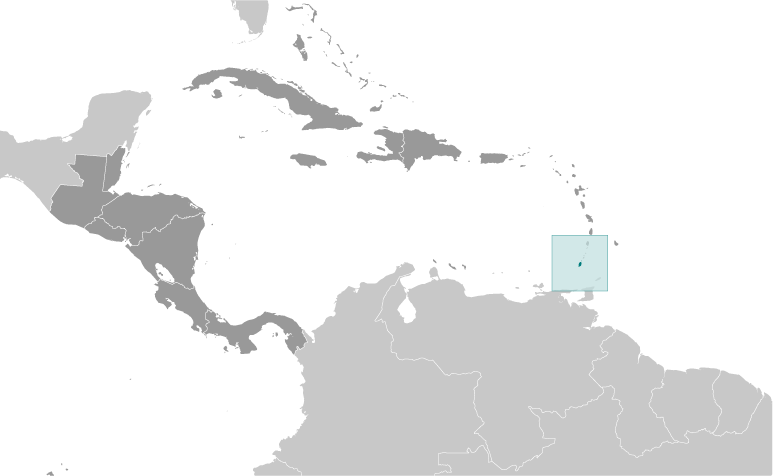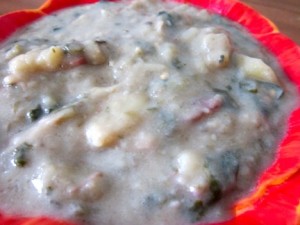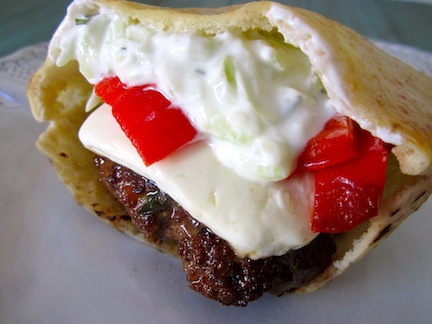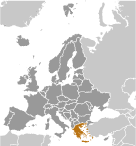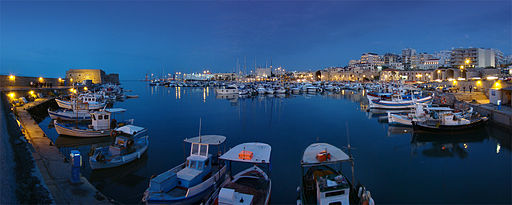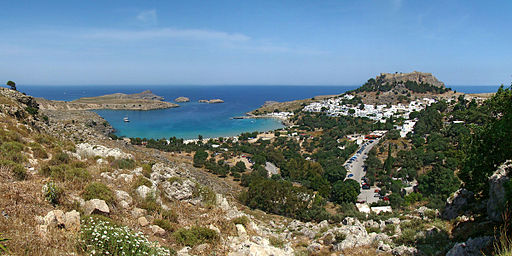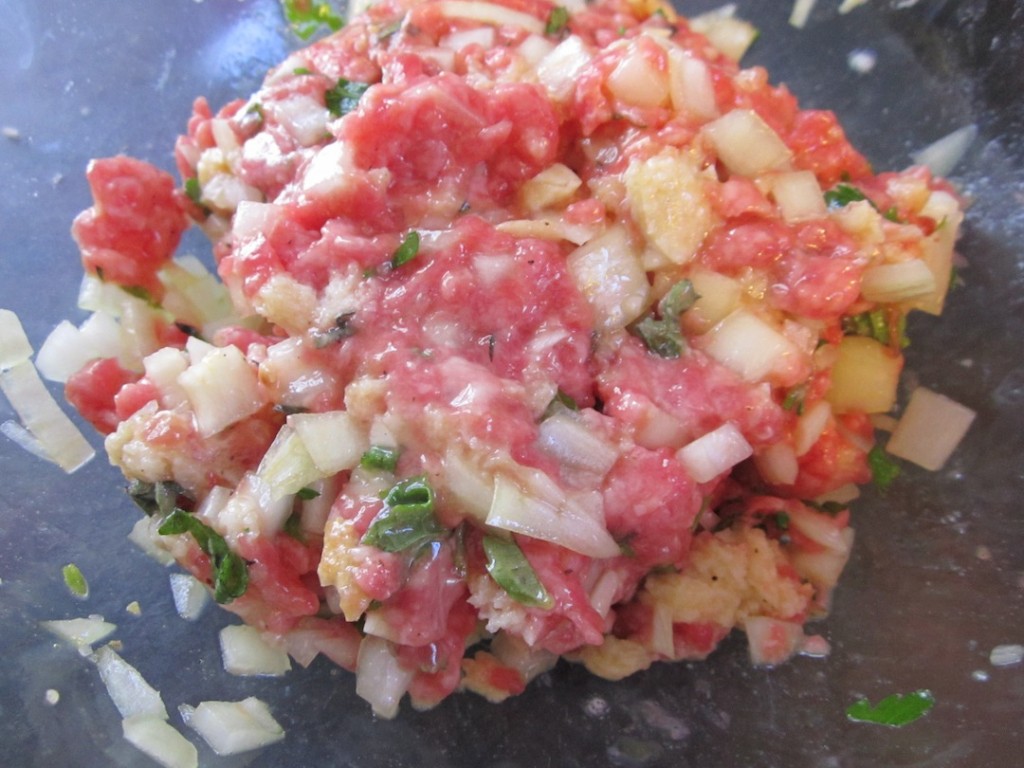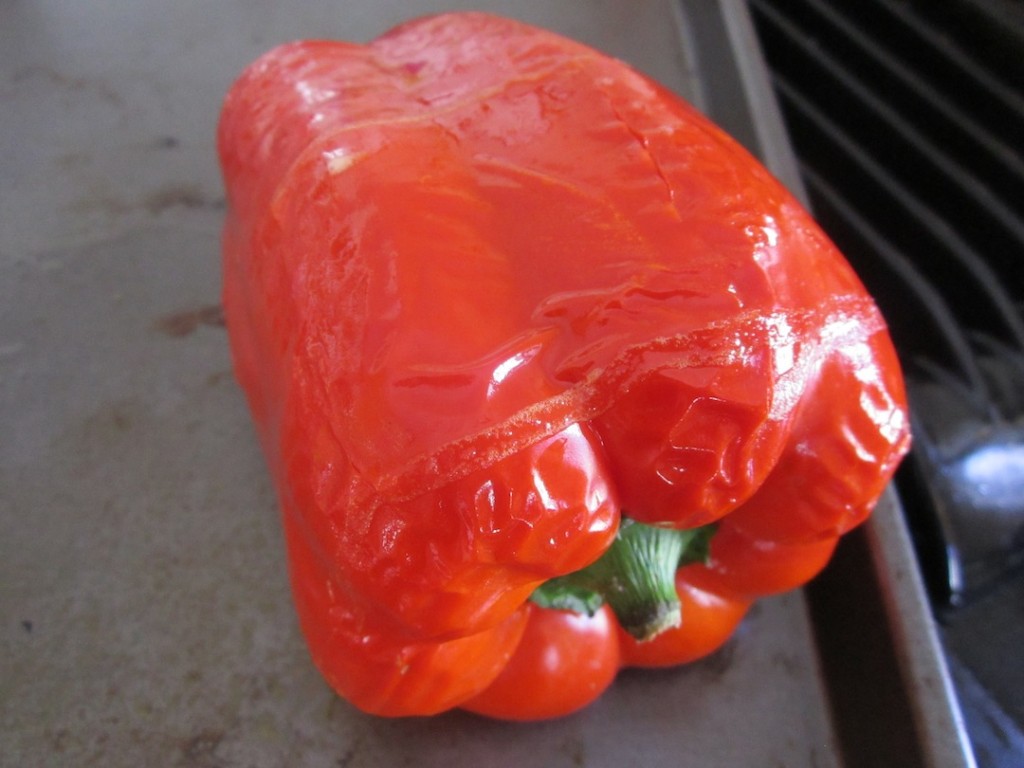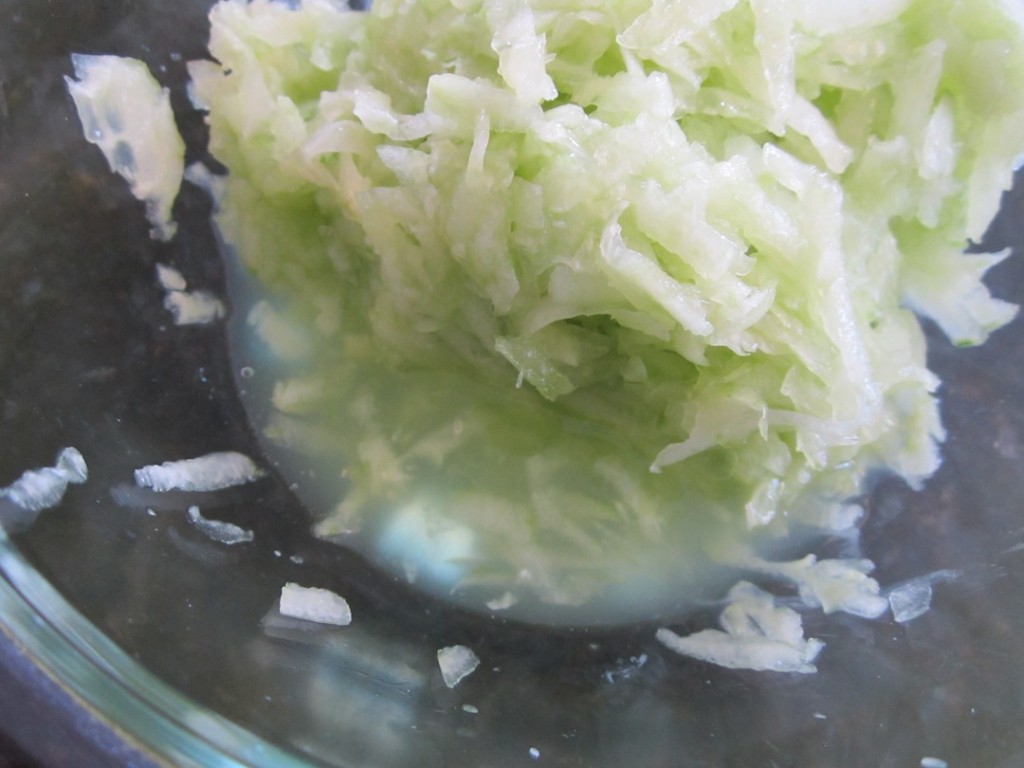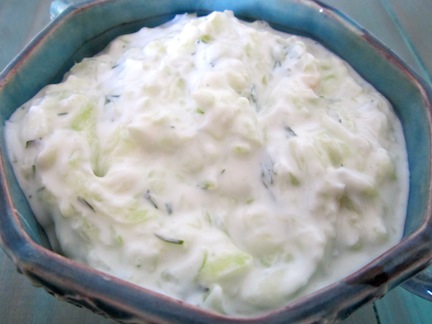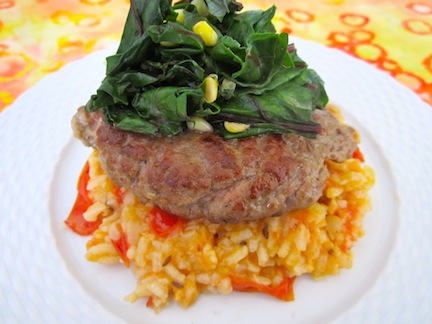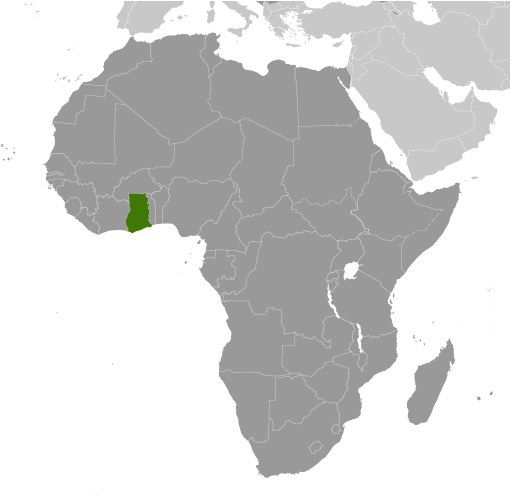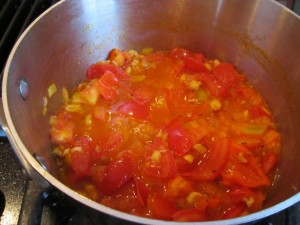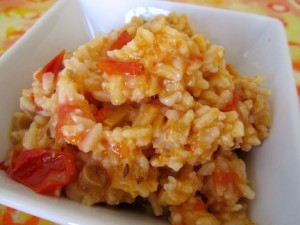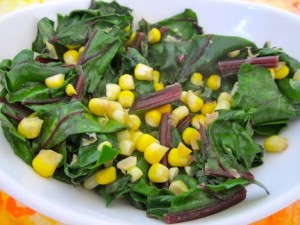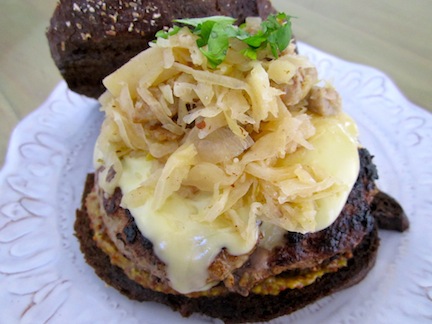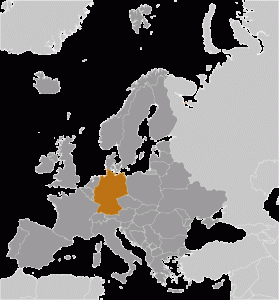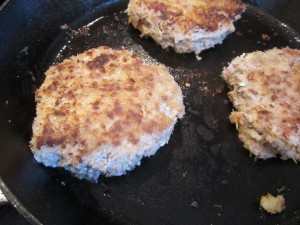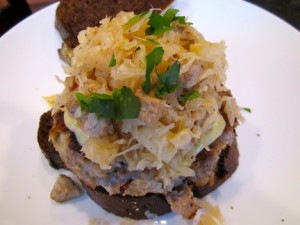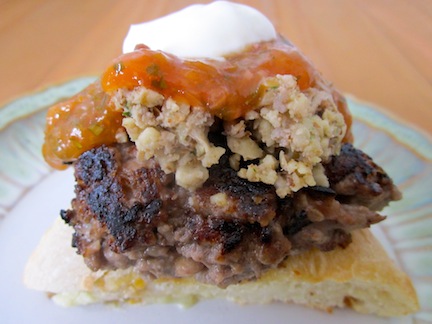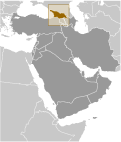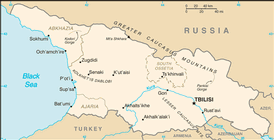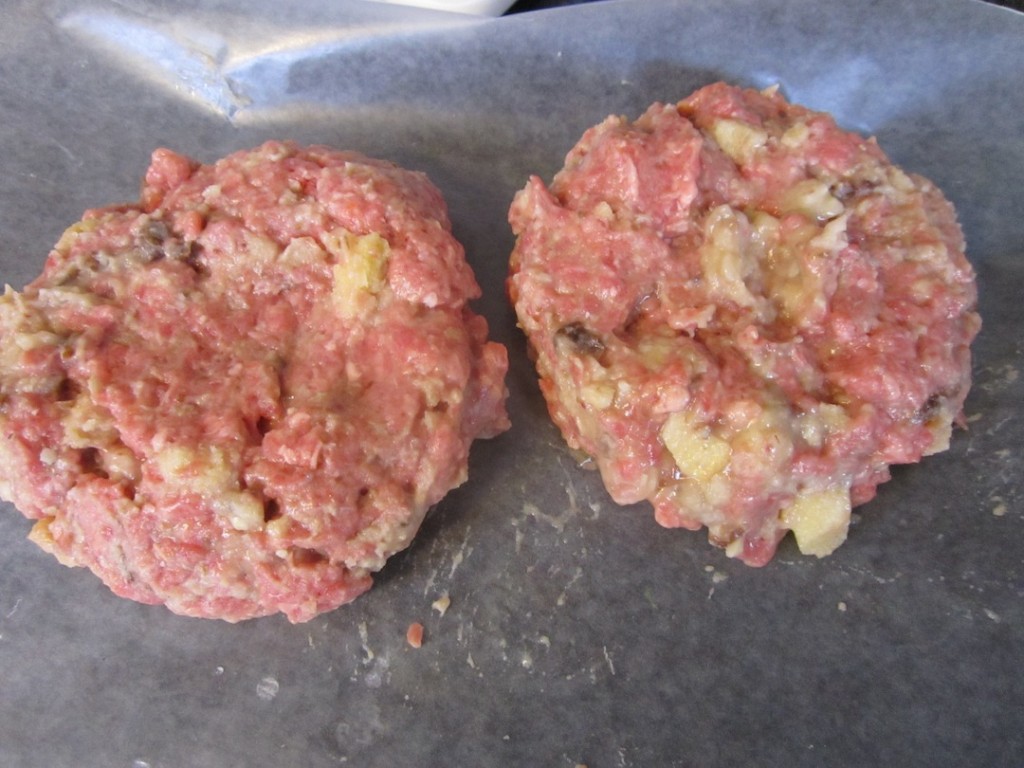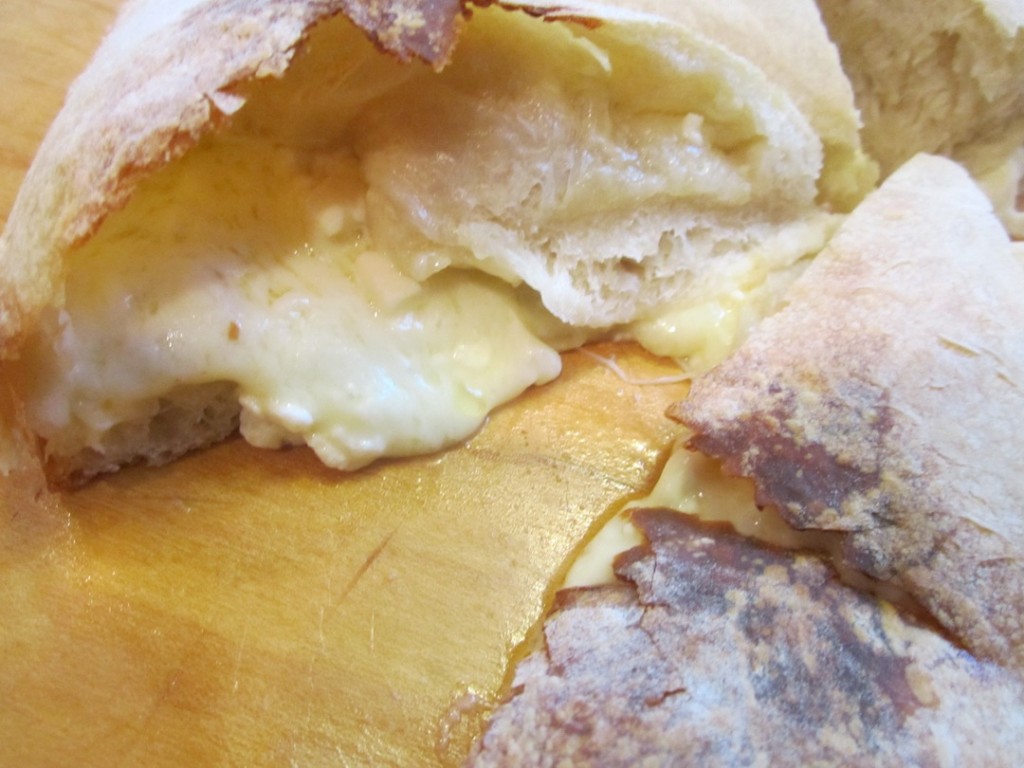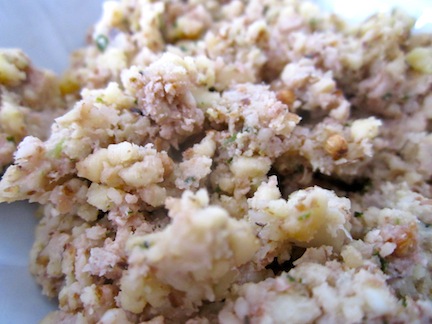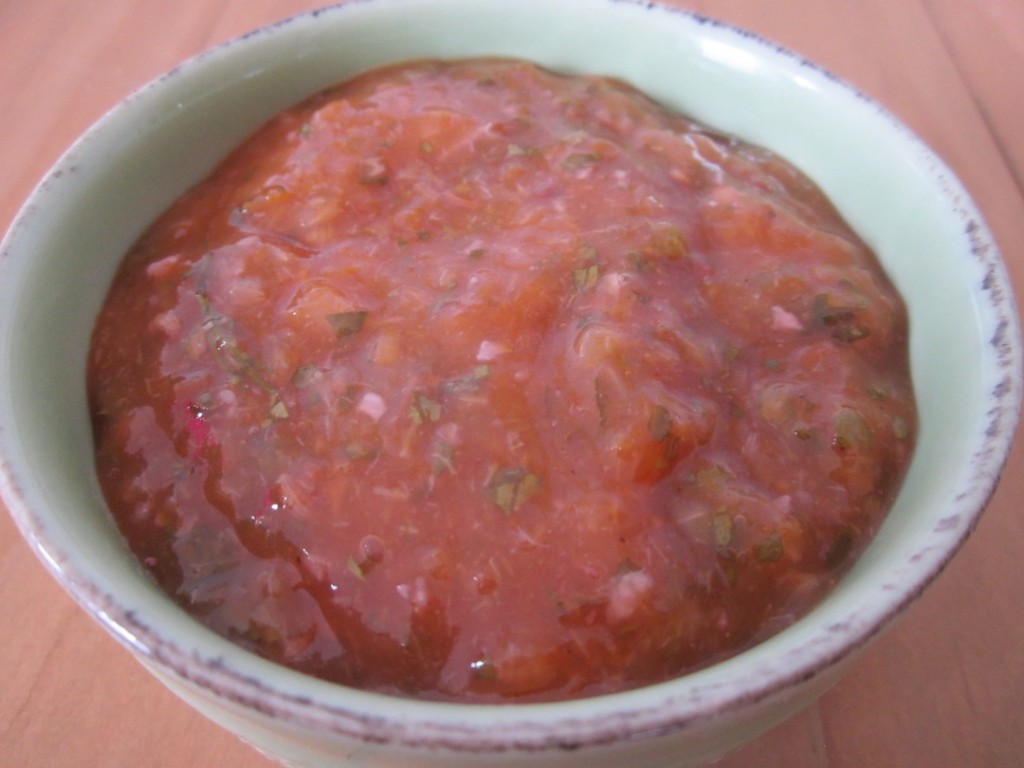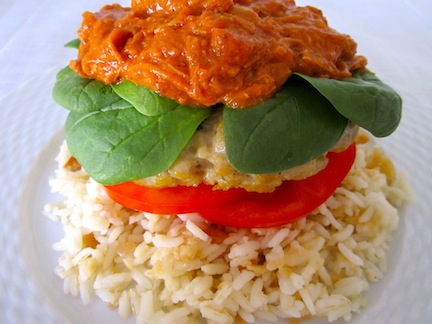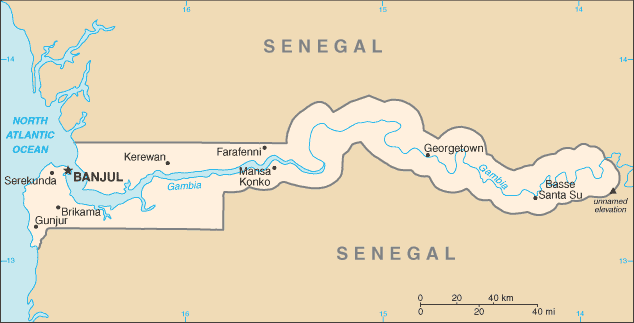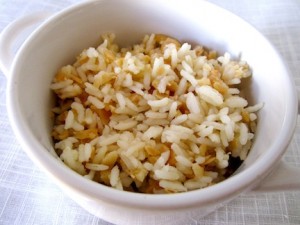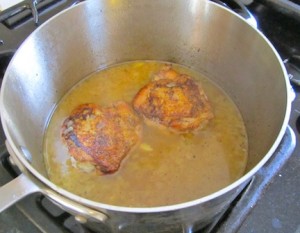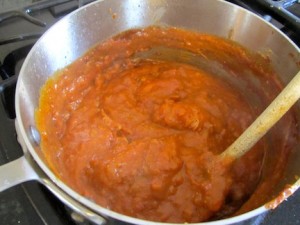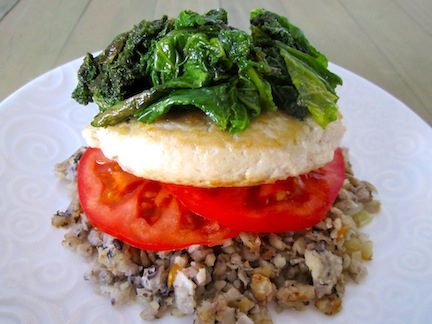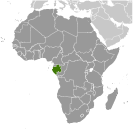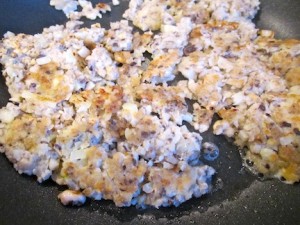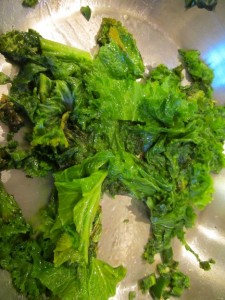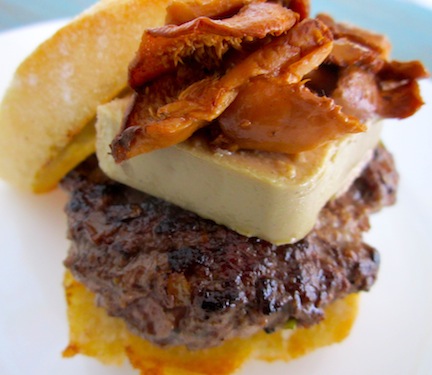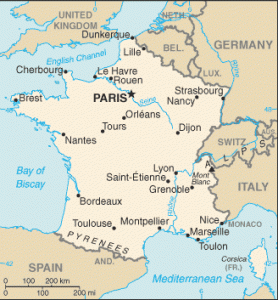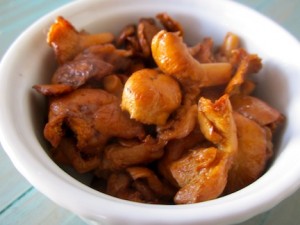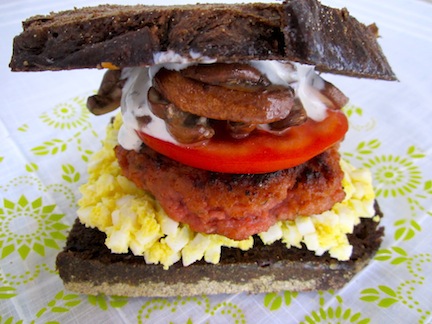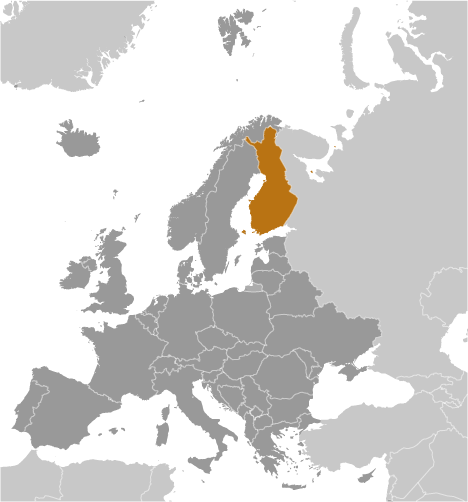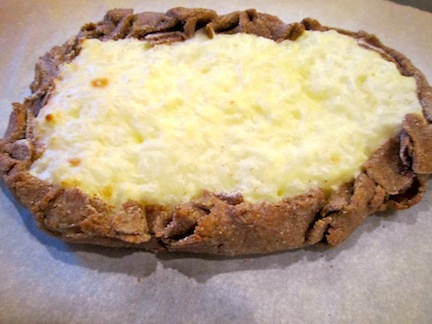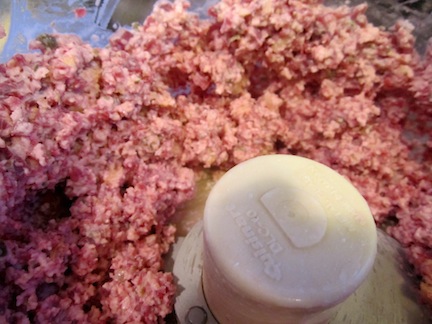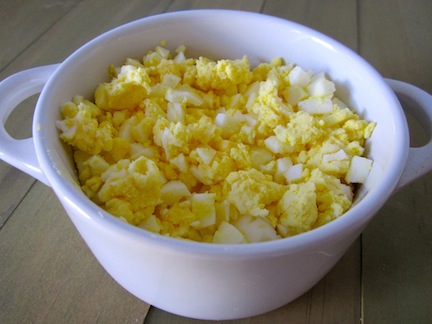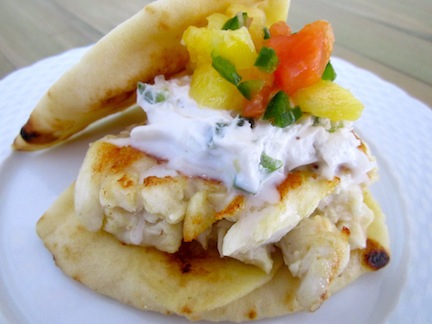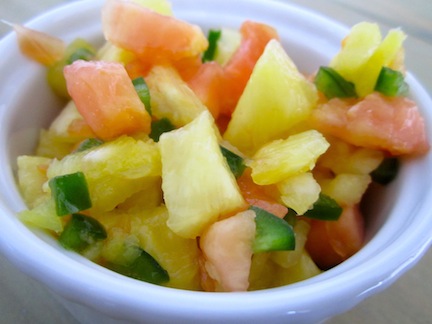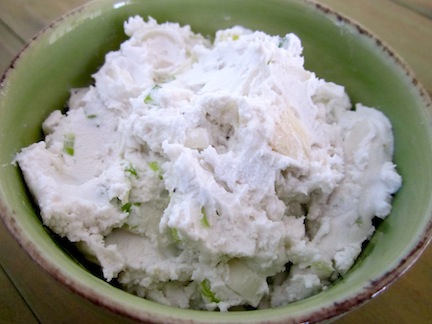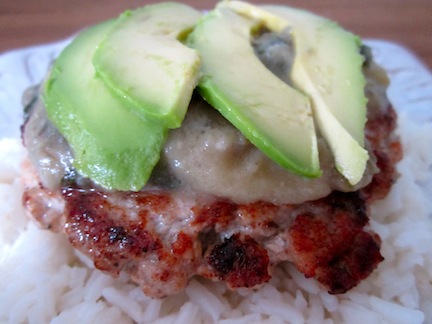 Jerk Pork Burger with Oil Down and Avocado
Jerk Pork Burger with Oil Down and Avocado
It is the little things that bog you down when you’re researching a project like this. If you’ve been reading along so far, you know I like to start each entry with a brief description of the location and geography of the country. Well, today we’re talking about Grenada – here’s the thing, Wikipedia tells us that Grenada is comprised of Grenada and 6 other islands. The official website of the government of Grenada tells us that it is a 3 island country. I’m going to go with the official government website (although the detailed map I found showed 4 islands, so please, feel free to enlighten me on this apparently obscure detail). We move on…
What everyone does seem to agree on is that Grenada is located in the Caribbean at the Southern end of the Grenadines and North of Trinidad and Tobago. It’s a tiny country about twice the size of Washington D.C. Now I went to school in DC, and it’s pretty small, so I’m finding it hard to imagine a whole country that size. Grenadian population is also around 109 thousand people, substantially less than DC. All of this makes it a little hard for me to understand why the US felt the need to invade this country in 1983, but fortunately for all of us that invasion isn’t the most interesting thing to talk about with Grenada, so again, we move on…
Grenada is refered to as the “Island of Spice”. In 1843 a ship passing through left behind a few nutmeg trees. Today, little old Grenada produces 40% of the nutmeg in the world. They are particularly known for especially high quality nutmeg and mace. So things are going pretty well from 1843 until the invasion in 1983, but even that is just a blip and life goes on and the people make the spice, and life is good until 2004. In 2004 hurricane Ivan hit and damaged or destroyed 90% of the houses on the islands. Then in 2005 hurricane Emily hit. Between the two hurricanes 90% of the nutmeg trees were destroyed. Pre-hurricane there were over 6,500 registered farmers growing nutmeg. Today that number has declined to around 2,500.
The government has been able to rebuild since the hurricanes, but the cost has been back breaking debt. Now tourism is becoming more important and many of the displaced farmers have joined the service sector. There are a lot of people working to build back the nutmeg industry (particularly because the price of nutmeg has sky rocketed in the world market), and Grenada remains the number 2 producer in the world despite the dramatic losses. They’re #2 to Indonesia – a country of almost 250million that is slightly less than three times the size of Texas – fascinating.
But, here’s the kicker; I don’t like nutmeg. I find it cloying and overpowering. I especially hate it when people put it on mashed potatoes – please don’t do that, please. Since part of the adventure is to overcome my own prejudice, I knew I’d have to buy some nutmeg and figure something out.
All this talk of spices and the Caribbean bring us to jerk seasoning. There are as many recipes for jerk as there are boats in the ocean, but in honor of Grenada I made sure to accentuate the nutmeg and keep it spicy. We tried it on both a chicken burger and a pork burger and I liked the pork a little bit better – the flavors just blended a little better, but both are good.
Nutmeg aside, jerk is not unique to Grenada, so I went searching for more flavors and specific dishes that might give us a more differentiated flavor. And I discovered “oil down”. I still can’t find any convincing explanation for the odd name, but oil down is a stew that is considered the national dish of Grenada. It’s traditionally made with breadfruit and coconut milk, various vegetables and saffron. Breadfruit isn’t readily available around here, so I substituted potatoe, but if you can find breadfruit, give it a try. The eggplant and coconut milk combine to make this a really ugly stew, kind of taupe in color. But, the richness of the coconut milk makes a really tasty base for the stew and somehow the flavors all come together – I get why it’s the national dish, it’s tasty.
I served it on plain rice with some wonderful sliced avocado on top. It was surprisingly good. The creamy stew balanced the bright spice of the jerk seasoning and the avocado was the perfect accent. I also liked the clean flavor of the plain rice – you could definitely use a slice of plain French bread, just don’t pick a really flavor packed starch – the burger has enough going on. Big flavors, rich sauce, what’s not to love? If I weren’t allergic, I would recommend pairing this one with a pale ale, but since I am allergic, I pared it with a shiraz and leaned into the spice and strong flavors – it worked!
Grenada Burger
½ teaspoon ground nutmeg
1 teaspoon ground allspice
¼ teaspoon ground cayenne
½ teaspoon dried thyme
½ teaspoon kosher salt
1 scallion roughly chopped
1 clove garlic peeled and cut in half
½ jalapeno seeded and roughly chopped
½ teaspoon ground black pepper
1 Tablespoon peanut oil
1 pound ground pork (you can substitute chicken)
2 cups cooked white rice
Oil Down (recipe below)
Ripe avocado sliced
Place first 10 ingredients in a food processor (nutmeg-peanut oil) and pulse until it forms a paste. Mix paste with the ground pork until well combined.
Cook the pork patties in a hot frying pan until cooked through.
To serve, place ½ cup of cooked rice on each plate then put the cooked patties on top. Add a scoop or two of oil down and some avocado slices and serve hot.
Oil Down
12 ounces salt pork rinsed to remove some of the excess salt
4 cups water
1 Italian eggplant peeled and cut into ½ inch slices
2 yukon gold potatoes peeled, cut in half then slice ¼ inch thick
½ cups acorn squash peeled and cubed
1 stalk of celery chopped
1 shallot chopped
½ jalapeno seeded and chopped
1 sprig of thyme
½ teaspoon minced ginger
pinch of saffron crushed
1 can coconut milk
2½ cups baby spinach
There’s a lot of prep for the vegetables and a long cook time (almost 3 hours), but otherwise the dish is easy to make – just do your prep ahead of time and don’t let it intimidate you. Cut the salt pork into 3 pieces. Bring the water to a boil in a large Dutch oven and add the salt pork. Cook for 15 minutes. In the meantime, salt both sides of the cut eggplant and let sit for 15 minutes. Wipe the excess salt off of the eggplant then add all of the remaining ingredients (including the eggplant) except for the spinach to the pot.
Bring to a simmer and cook covered for 1 hour then remove the cover and cook for another 1½ hours. Add the spinach and cook just until the spinach is wilted.
Serve this hot (it’s also good just served over rice, you will have extra).
©Copyright 2012 Linda Monach

